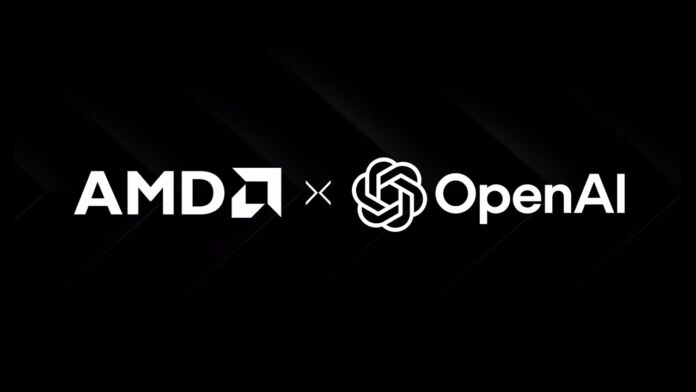The OpenAI AMD deal marks a new era in America’s generative AI growth. Through this major partnership, OpenAI will use AMD’s powerful chips to strengthen the nation’s AI infrastructure and boost innovation across industries.
What the OpenAI AMD Deal Means for the U.S.
OpenAI has agreed to purchase 6 gigawatts of AMD chips to support the training and performance of its next-generation AI models.
In return, AMD will provide OpenAI with warrants to buy up to 160 million AMD shares — linking both companies in a long-term innovation alliance.
This collaboration goes beyond hardware. It’s a strategic investment in U.S. AI infrastructure, helping America stay ahead in the global AI race.
Key Benefits of the OpenAI AMD Partnership
1. Strengthening U.S. AI Leadership
The OpenAI AMD deal supports the creation of data centers and chip manufacturing facilities inside the United States.
This move reduces dependence on overseas suppliers and helps grow domestic jobs in the AI and semiconductor industries.
2. Promoting Fair Competition
Until now, Nvidia dominated the AI hardware market. By working with AMD, OpenAI is fostering healthy competition, driving down costs, and expanding access to advanced generative AI technology.
3. Aligning with National Policy
The partnership aligns with the CHIPS and Science Act, which encourages the U.S. to build strong semiconductor and AI ecosystems. This collaboration reinforces America’s commitment to technological independence.
Why the Deal Matters for Generative AI
Generative AI tools like ChatGPT and DALL·E need massive computing power.
Through the OpenAI AMD deal, OpenAI ensures it can continue training smarter and more efficient AI models — right here in the U.S.
This also means faster innovation and more reliable AI systems for American businesses.
Environmental and Ethical Considerations
Both companies have promised to focus on energy-efficient chip designs to limit the environmental footprint of AI data centers.
They are also committed to ethical AI development, promoting transparency, accountability, and fairness.
Challenges to Watch
While the OpenAI AMD partnership is promising, it faces some challenges:
- Supply chain delays could slow chip deliveries.
- Energy demand for data centers continues to rise.
- New AI regulations in the U.S. will require ongoing compliance.
Despite these factors, both firms appear well prepared to adapt and lead responsibly.
Conclusion
The OpenAI AMD deal represents a defining moment for America’s AI future. It combines innovation, sustainability, and strategic investment to keep the U.S. ahead in the global AI race.
This partnership isn’t just about technology — it’s about building a stronger, smarter, and more secure AI-driven nation.















Leave a Reply